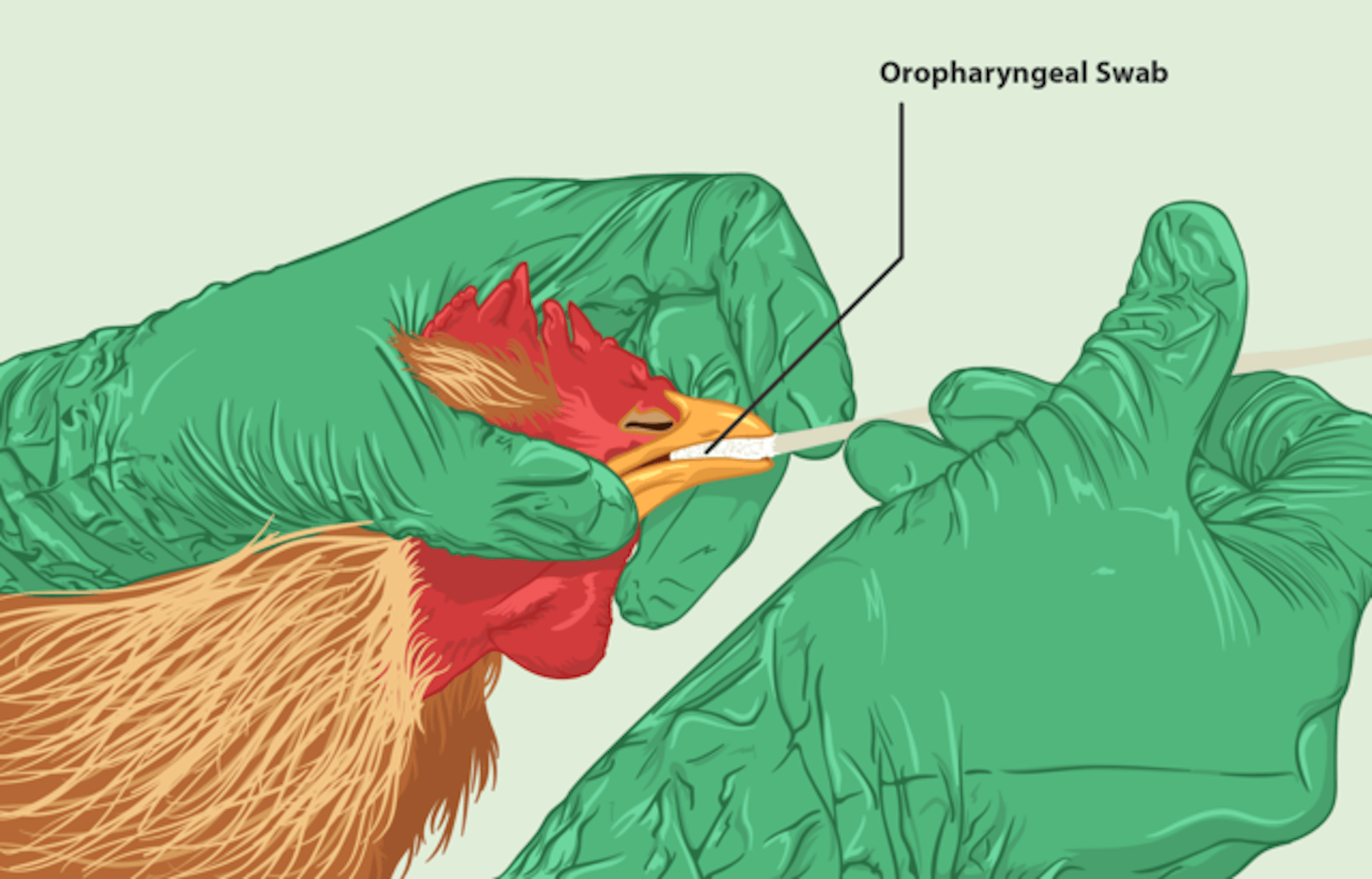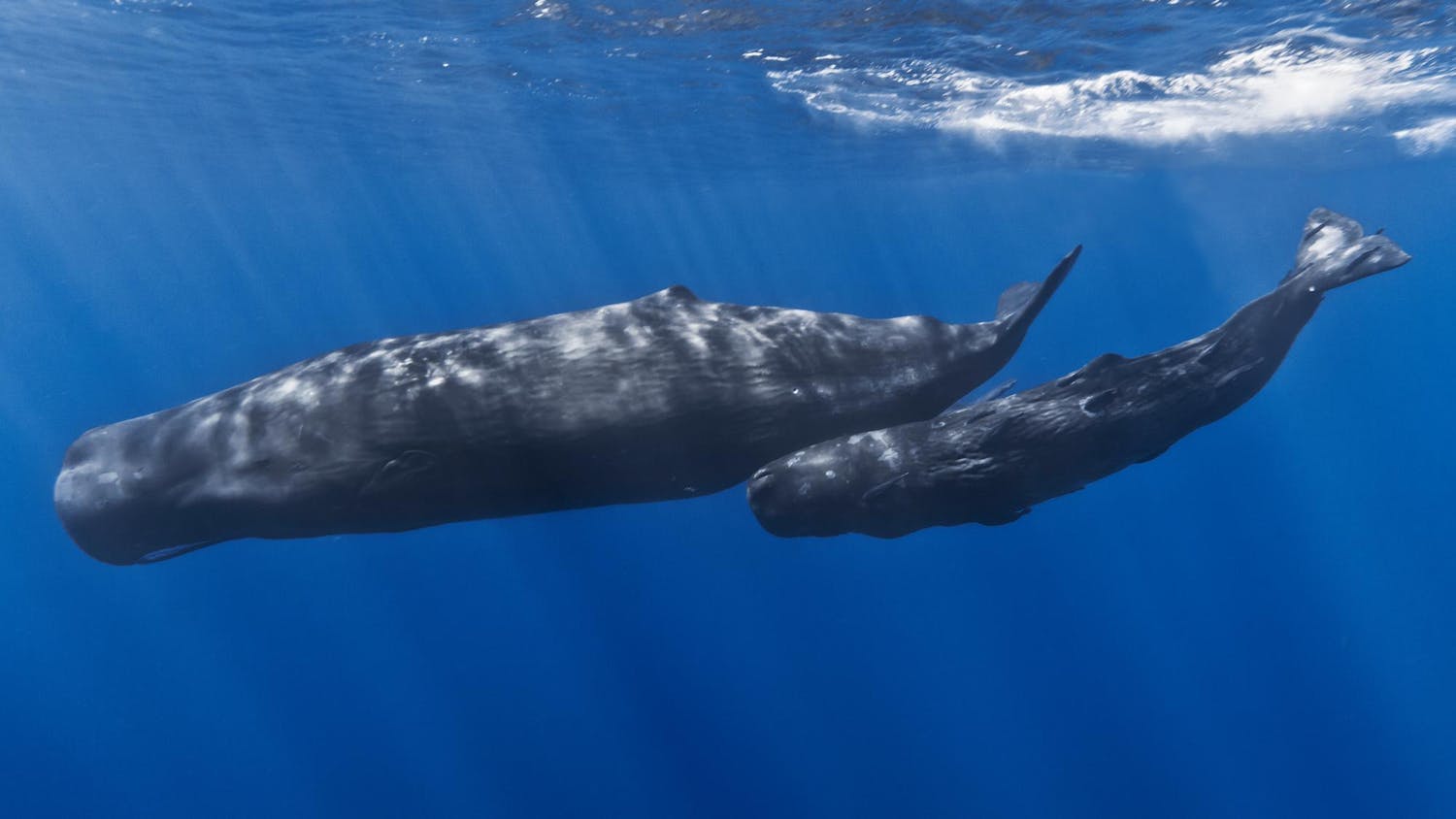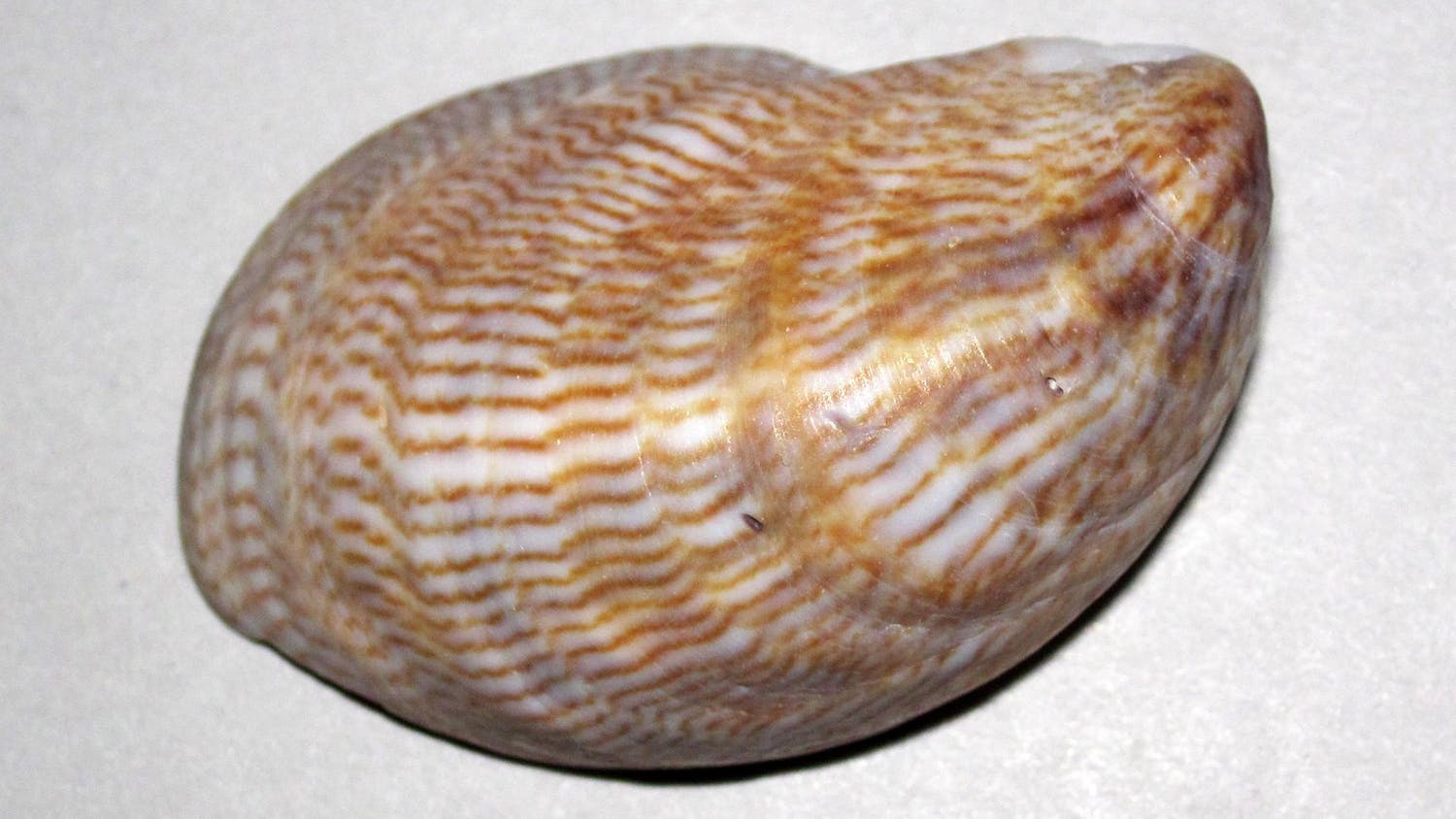While humans worry about the impending threats of COVID-19 and monkeypox, seals in the northeastern United States might have a different virus to worry about: bird flu. The marine mammals have come down this summer with a new strain of H5N1, which is believed to have spilled over to them from birds.
The disease has led to a population-scale outbreak that has led to the biggest mortality event in mammals caused by the new bird flu virus, indicating that even marine life can be affected by diseases from land animals. Researchers at the Cummings School of Veterinary Medicine at Tufts University report on the outbreak in a new preprint.
Though scientists hoped that the H5N1 outbreak from this past spring would mimic the December 2014 outbreak that nearly disappeared within six months, this latest spread raged on over the summer. This outbreak, according to a Naturearticle published in August 2022, has spanned the U.S., resulting in almost 400,000 dead wild birds and causing massive damage to domestic poultry farming.
As outbreaks have continued to escalate over the past year, concerns have been raised over the potential impact on birds migrating south for winter. However, one of the greatest concerns regarding the most recent outbreak is the spillover of the bird flu to marine mammals. The first wave of H5N1 infections peaked in March 2022 mainly impacted raptors; the second wave began in June in gulls and marked the spillover into marine mammalian life, specifically seals. The preprint hypothesizes that the infections in seals may have been associated with ecological interactions between seals and birds. The bird flu may also have spread to seals from dead birds, bird feces, or seal-to-seal infections.
While mammals have usually been considered dead-end hosts that do not further spread infection, the preprint reports explained, “it is currently unclear if the marine mammal spillover will also be a dead-end transmission event” based on the wider extent of new infections. The spread of H5N1 via wild birds and now seals cannot be controlled because they are highly mobile populations, resulting in the future potential for new strains of the virus to emerge that can threaten other mammalian life, including humans. With the potential threat of zoonotic spillover, where disease spreads from wild animals to human beings, the scientific community remains on alert regarding new viruses that are challenging to both predict and control.






